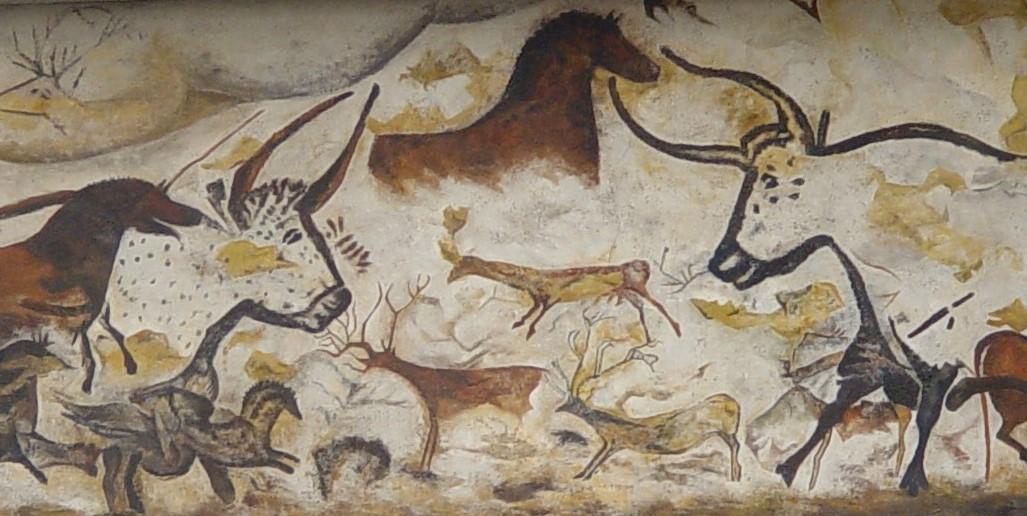
Submitted by Michela Leonardi on Sat, 01/10/2022 - 11:18
Michela and Andrea just published in Communications Biology their new paper about the impact of the Last Glacial Maximum on the ecological niche and the distribution of horses, deers, aurochs and wild boars.
Michela Leonardi, Francesco Boschin, Paolo Boscato, Andrea Manica (2022) Following the niche: the differential impact of the last glacial maximum on four European ungulates Communications Biology volume 5, Article number: 1038
Abstract
Predicting the effects of future global changes on species requires a better understanding of the ecological niche dynamics in response to climate; the large climatic fluctuations of the last 50,000 years can be used as a natural experiment to that aim. Here we test whether the realized niche of horse, aurochs, red deer, and wild boar changed between 47,000 and 7500 years ago using paleoecological modelling over an extensive archaeological database. We show that they all changed their niche, with species-specific responses to climate fluctuations. We also suggest that they survived the climatic turnovers thanks to their flexibility and by expanding their niche in response to the extinction of competitors and predators. Irrespective of the mechanism behind such processes, the fact that species with long generation times can change their niche over thousands of years cautions against assuming it to stay constant both when reconstructing the past and predicting the future.
